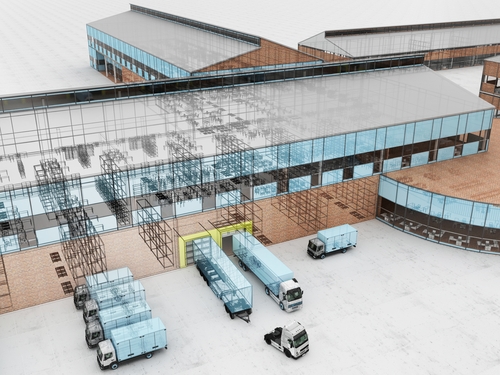Order Management System improves warehouse & drop ship management
eCommerce has opened many doors for retailers, giving them opportunities to sell more products on more channels, reaching more customers. With little overhead, a retailer can sell hundreds of thousands of products across the web by leveraging drop shippers. In years past, retailers would often use a single distribution center to target regional customers. Now, merchants are finding they need to work with multiple warehouses and drop shippers to improve order fulfillment and deliver products to customers across the globe.
Managing multiple warehouses and drop shippers is no easy task, but the importance of doing so has grown considerably. Retailers are using warehouses to replenish stock at different brick-and-mortar locations while also fulfilling eCommerce orders as they are received from the web. With inventory and orders moving quickly throughout a warehouse, a retailer needs to ensure their operations at these facilities are highly coordinated.
Complex Order Management Scenarios
Consider, for a moment, a retail chain that sells inventory located across warehouses and multiple drop shippers. When an eCommerce order is received, how does a retailer decide where to fulfill it from? This scenario can present a major challenge to merchants because there are so many different conditions and cost trade-offs that must be evaluated.
For example, inventory may be located in two warehouse locations, one in close proximity to the customer and one further away. However, the warehouse further away has more inventory in stock. In this scenario, it might make sense to move excess inventory or it might make sense to reduce shipping costs by shipping from the closest location.
In another example, multi-item orders may require multiple warehouses be tapped if one of the items is out-of-stock. Or a retailer may choose to delay order fulfillment until one warehouse receives the stock to complete the order in one shipment.
There are numerous challenges associated with distributed order fulfillment while using multiple warehouses and drop shippers. Retailers need their fulfillment networks to be highly organized and extremely efficient or else they may encounter delays, cancellations, or operating costs that will quickly diminish revenue.
Playing nice together
A savvy order management system enables retailers to link all of their different warehouses and drop shippers together and effectively “talk” to each other, regardless of technical mismatches. This is pivotal – if all fulfillment centers are are on the same page, retailers can improve order fulfillment.
The goal of retailers is simple – they want to be able to route and fulfill orders in a way that keeps everyone, from the warehouse to customer service to the customer, in the loop and involved. Customer confirmations should be sent quickly, while retailers should be able to track and manage orders in real-time.
With the right order management system, retailers are better able to do that. An order management system enables retailers to expedite order fulfillment with greater accuracy with advanced order logic and pre-determined order routing flows that route orders to most optimal location. An order management system integrated with barcode scanners can also improve productivity, as warehouse personnel no longer need to spend hours picking, packing and fulfilling orders manually.
Related Articles
Drop shipping: An increasingly attractive option for merchants
How to optimize order fulfillment

